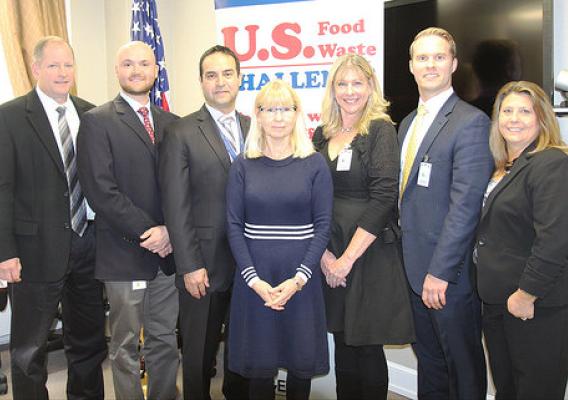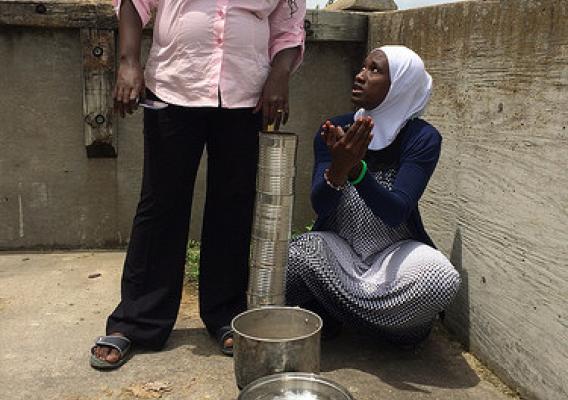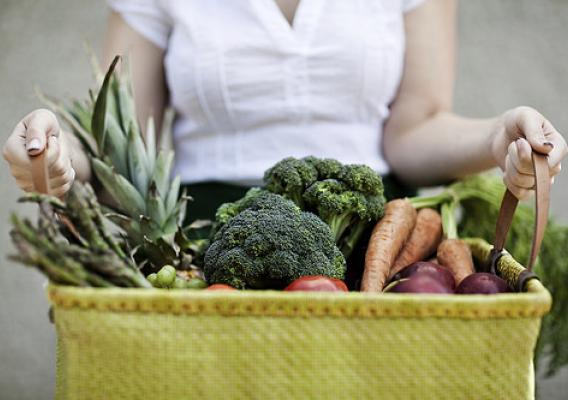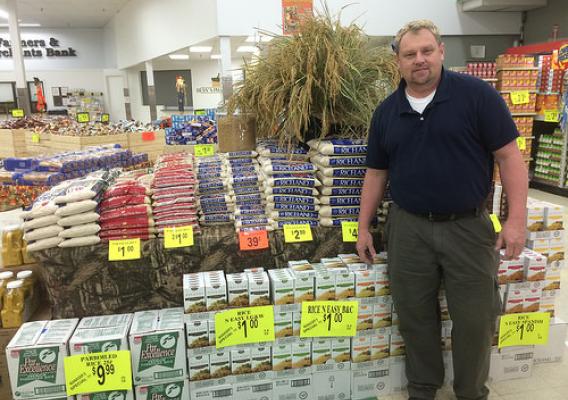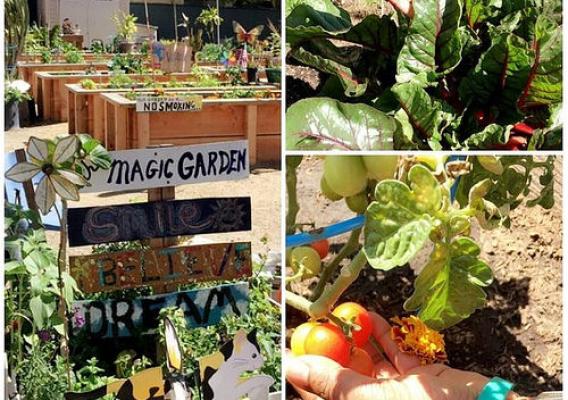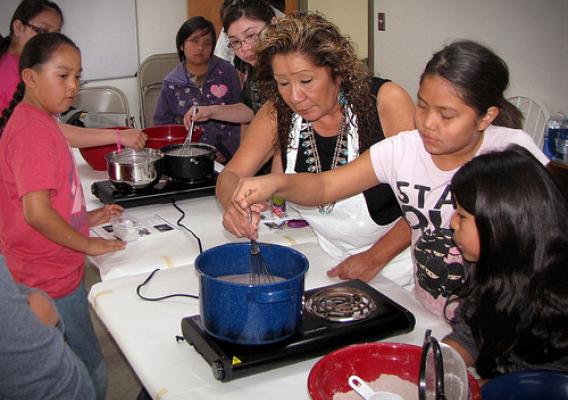Nutritional security is defined as “a situation that exists when all people, at all times, have physical, social, and economic access to sufficient, safe, and nutritious food that meets their dietary needs and food preferences for an active and healthy life.”
Achieving nutritional security in the context of the burgeoning population, climate change, diminishing land and water resources, environmental degradation, and changing incomes and diets will require not just approaches to sustainably producing more food, but also smarter ways of producing food, dealing with food waste, and promoting improved nutritional outcomes. The National Institute of Food and Agriculture (NIFA) invests in and advances agricultural research, education, and extension and seeks to make transformative discoveries that solve these societal challenges. NIFA’s portfolio of support for nutritional security and sustainable agriculture includes literally thousands of impactful efforts across our nation; below are just a handful that speak to the transformative work transforming lives. For example:

